I first met Chef Carlos Salgado in 2011. He had just moved back to Orange County after 10 years as a chef in San Francisco and was starting his own project, Taco María. I was beginning a new direction for my art as well by starting to take on chef and restaurant clients as a food photographer. Having grown up in Orange County, like Salgado, I had an understanding of Southern Californian Mexican food. I knew what I liked in my breakfast burrito; I knew where to get a great fish taco. But when I first ordered his tacos, prepared meditatively in a silent kitchen, I thought, “This is different.” Different than the California cuisine I knew. Different than any Mexican food I’d had.
What I quickly learned, as I got to know Salgado and other Mexican-American chefs across Southern California, was that he was part of a larger movement of chefs across the United States and Mexico, a group changing how Americans would come to expect and understand Mexican food.
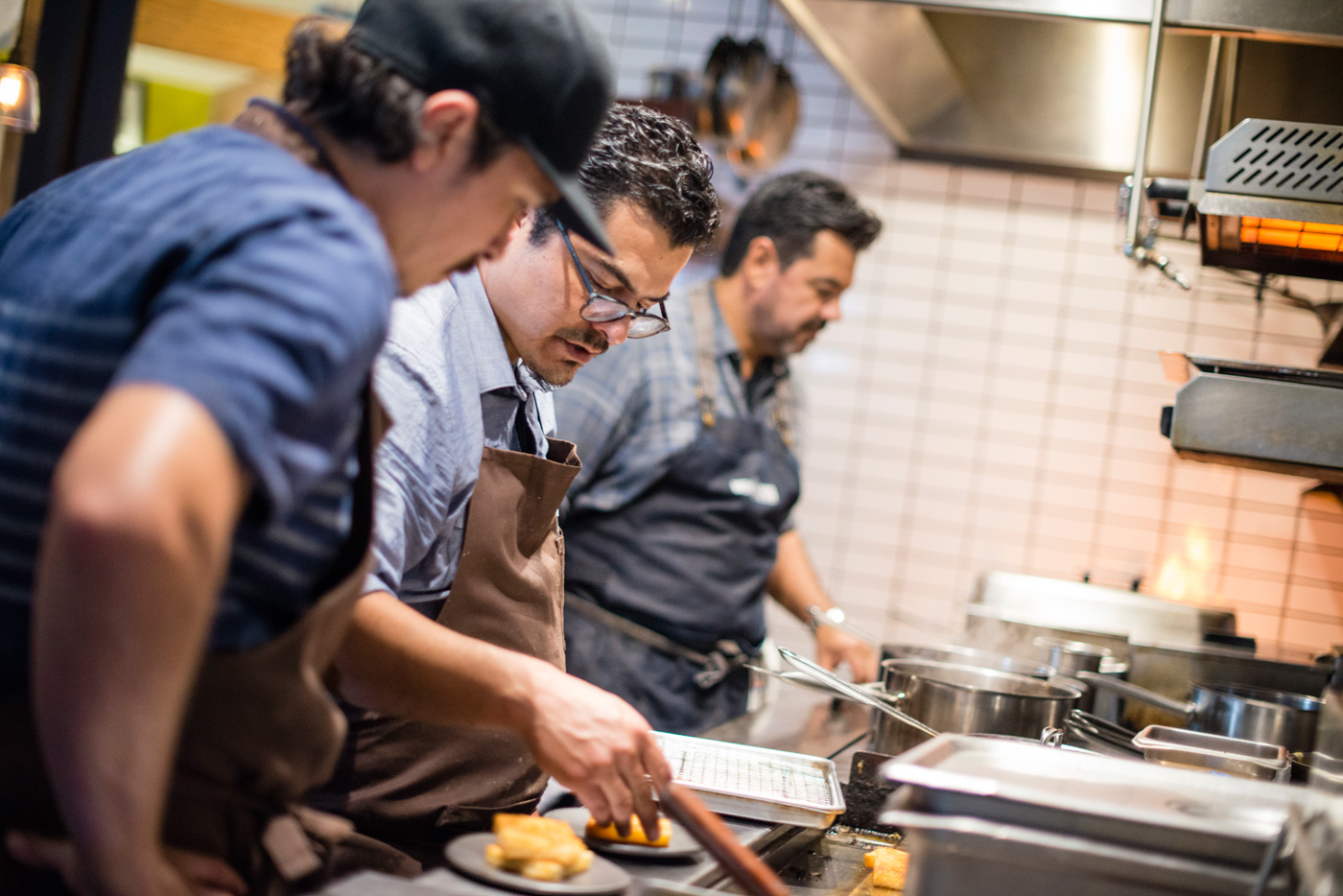
Fast forward six years, and Salgado has transitioned Taco María from a food truck to a brick-and-mortar restaurant, which has gained both local and national acclaim. Simultaneously, chefs in California and Mexico have seen a similar ascent. Modern Mexican cuisine has become one of the most sought-after and talked-about cuisines in the world.
Autumn of 2016 marked the third anniversary of Taco María in its Costa Mesa location. To Salgado and his team, it was the perfect time to bring the conversation into his restaurant—his home. And what better time to celebrate the exchange of ideas and flavors across borders? Salgado invited three of his friends and mentors (who also happen to be three of Mexico’s most talked-about chefs) for a three-part anniversary dinner series in October, November and December.
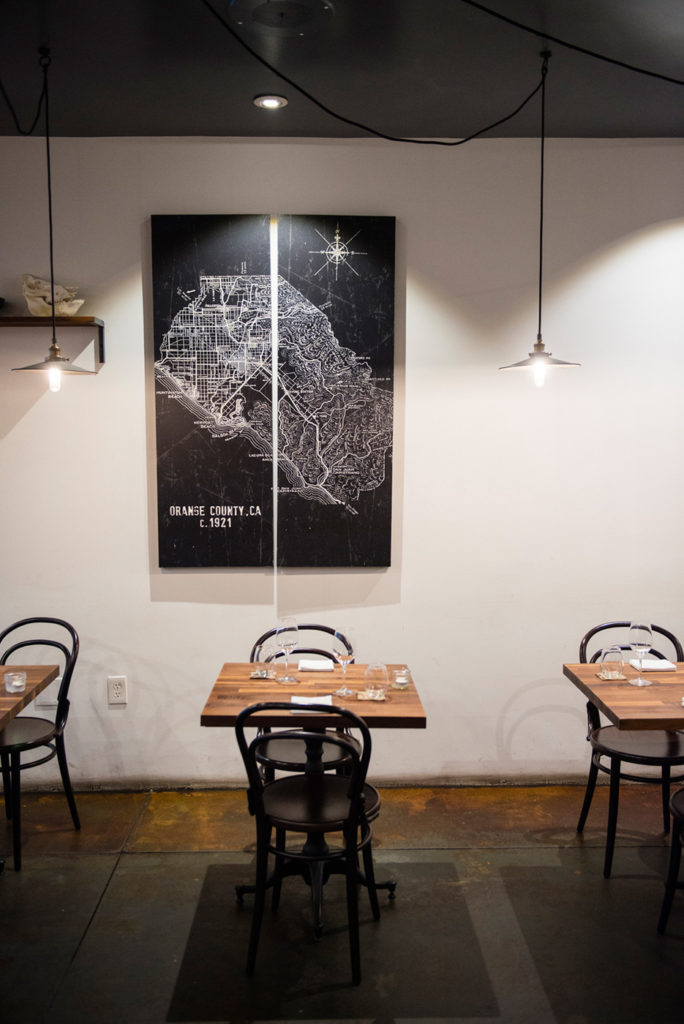
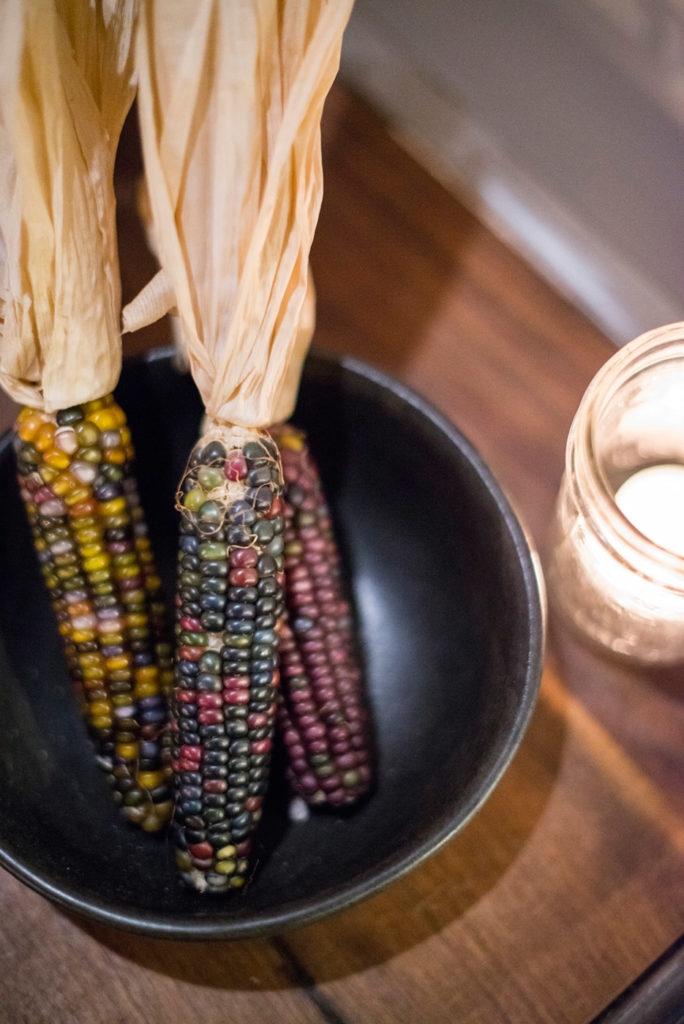
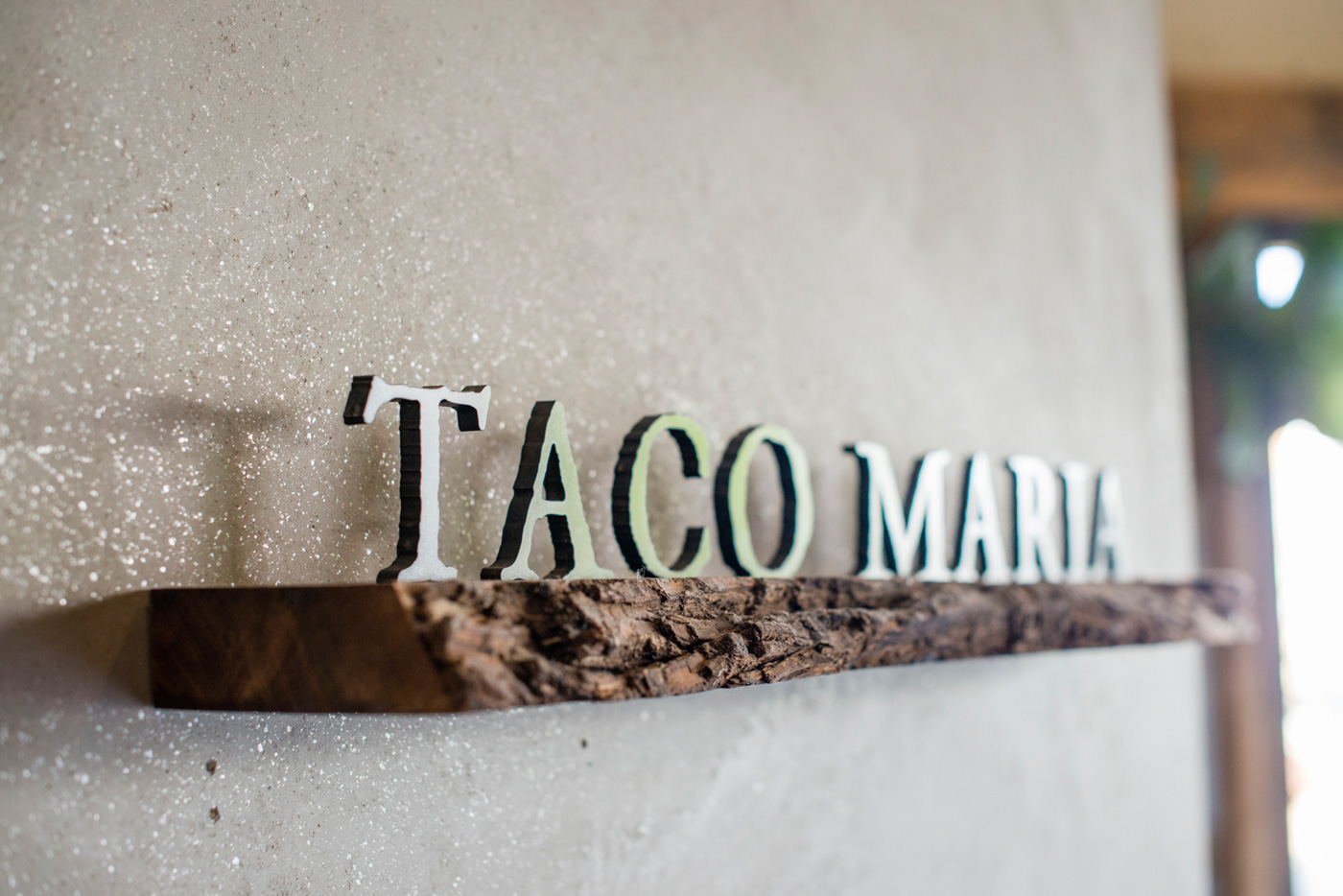
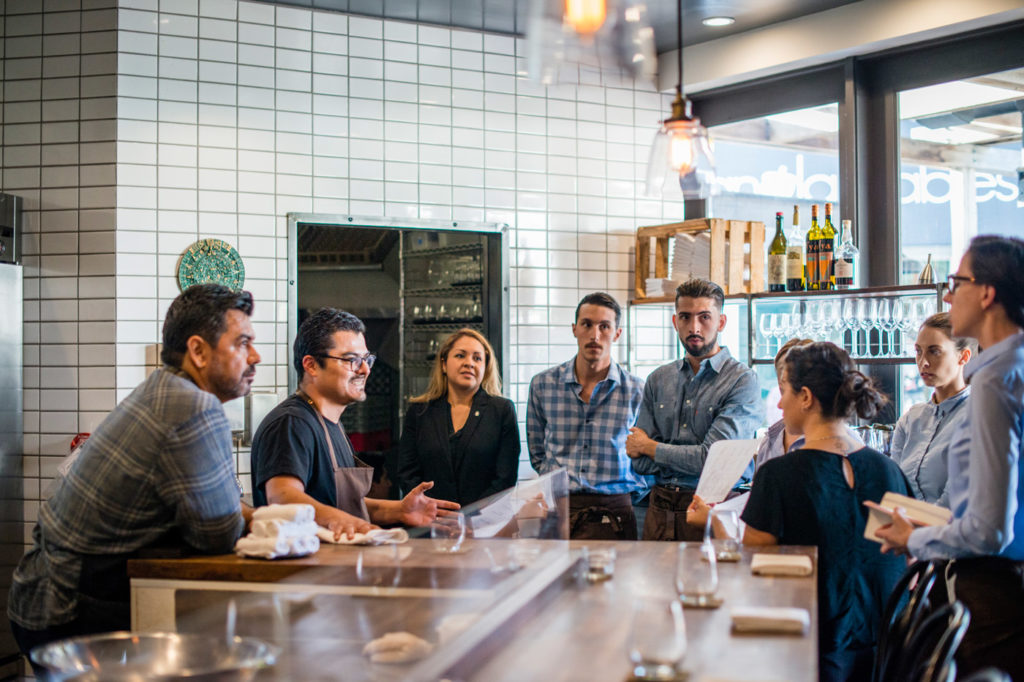
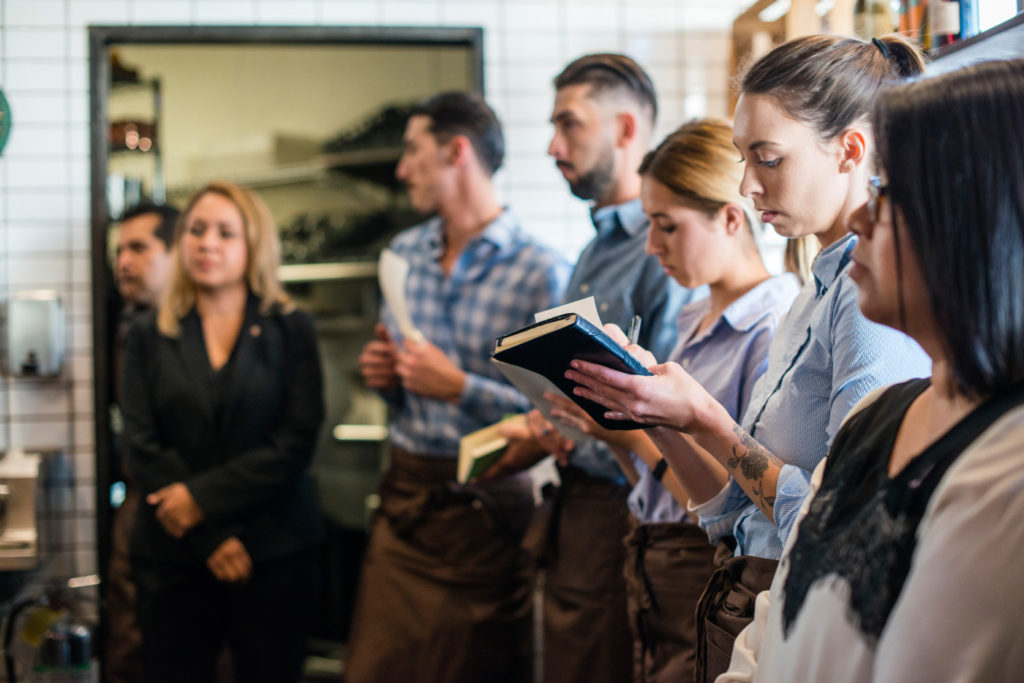
Months later, reviewing the photographs I had taken at each month’s event, I was struck by how complementary each chef’s food and styles were to the culinary landscape I’ve seen develop in Southern California. It was Baja California. It was Alta California. It was Mexico City. I got to know each one—what they shared and what they were contributing to the modern Mexican movement—by photographing and tasting their food.
The first dinner welcomed Javier Plascencia. Chef Plascencia has been building restaurants in his native Baja with his family since he was a boy, including the fine-dining restaurant Misión 19 as well as Finca Altozano. The New Yorker called Plascencia “the figurehead of Baja cuisine.” At Taco María, in a kitchen two hours north of his own, he set a warm and welcoming tone for the series. Plascencia helped open the dialogue between Salgado and his guests.
From Baja, Chef Plascencia evoked the sea with bright, clean flavors of the ocean and the desert. He plated layers of complex flavors, somehow without overcomplicating the food.
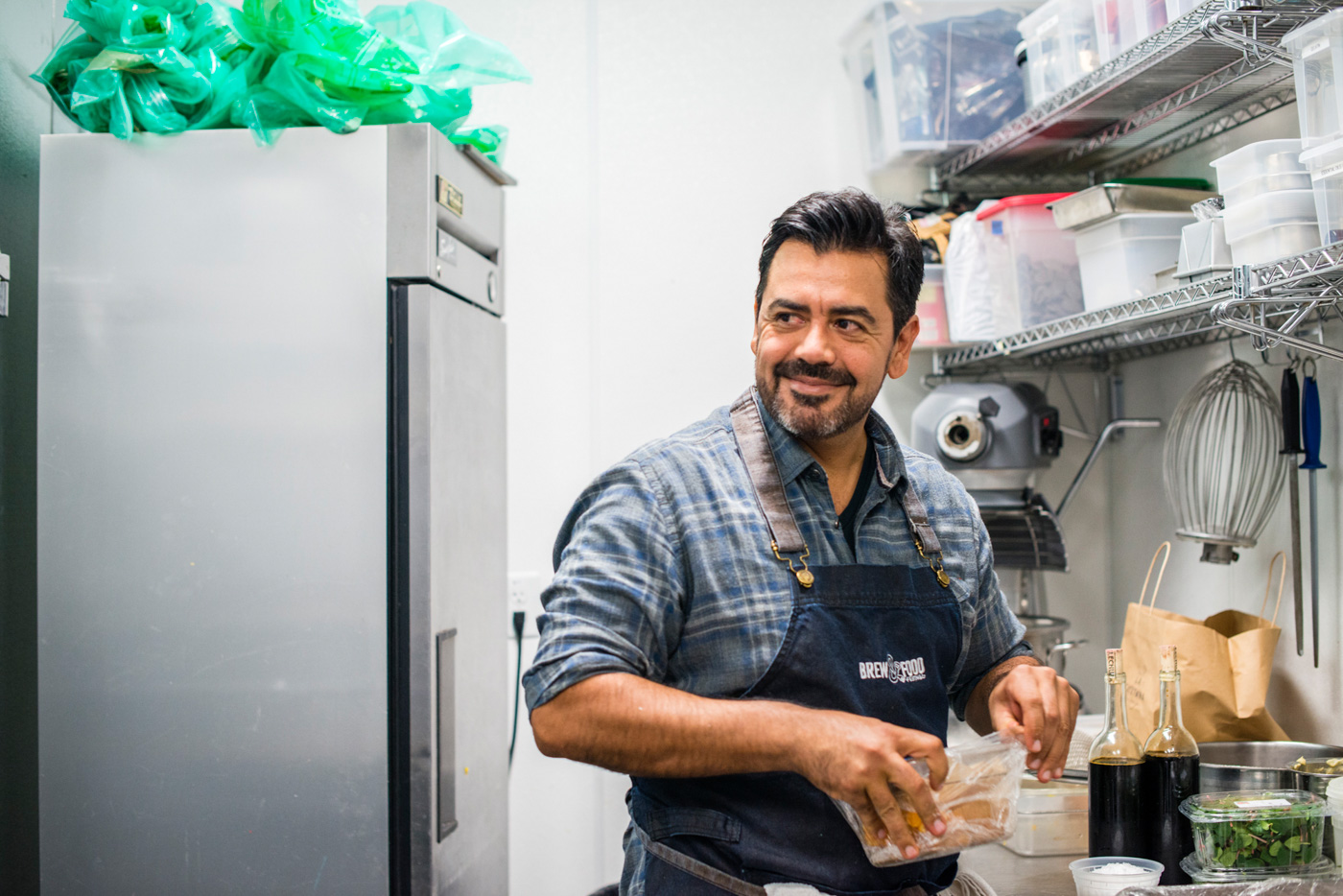


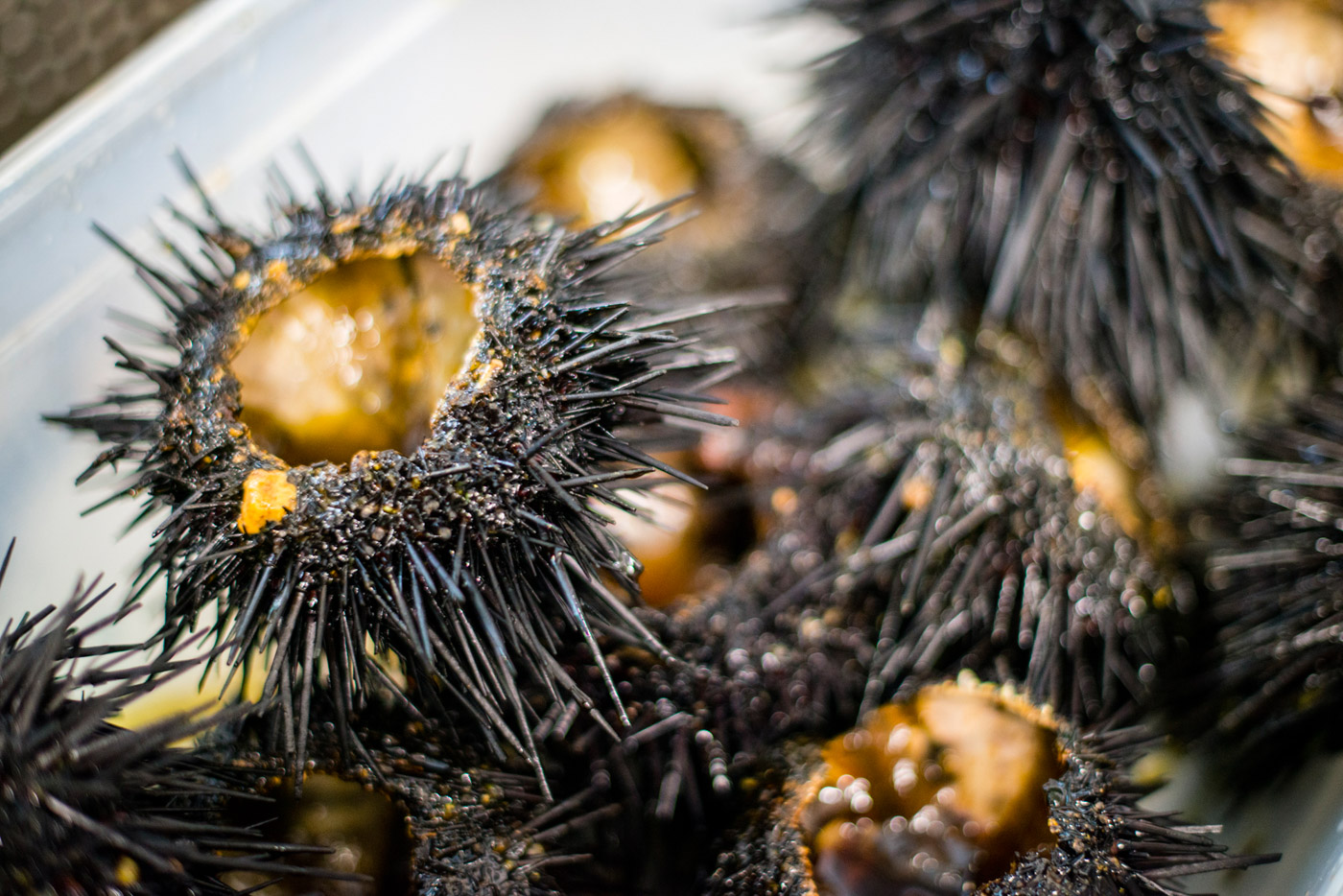
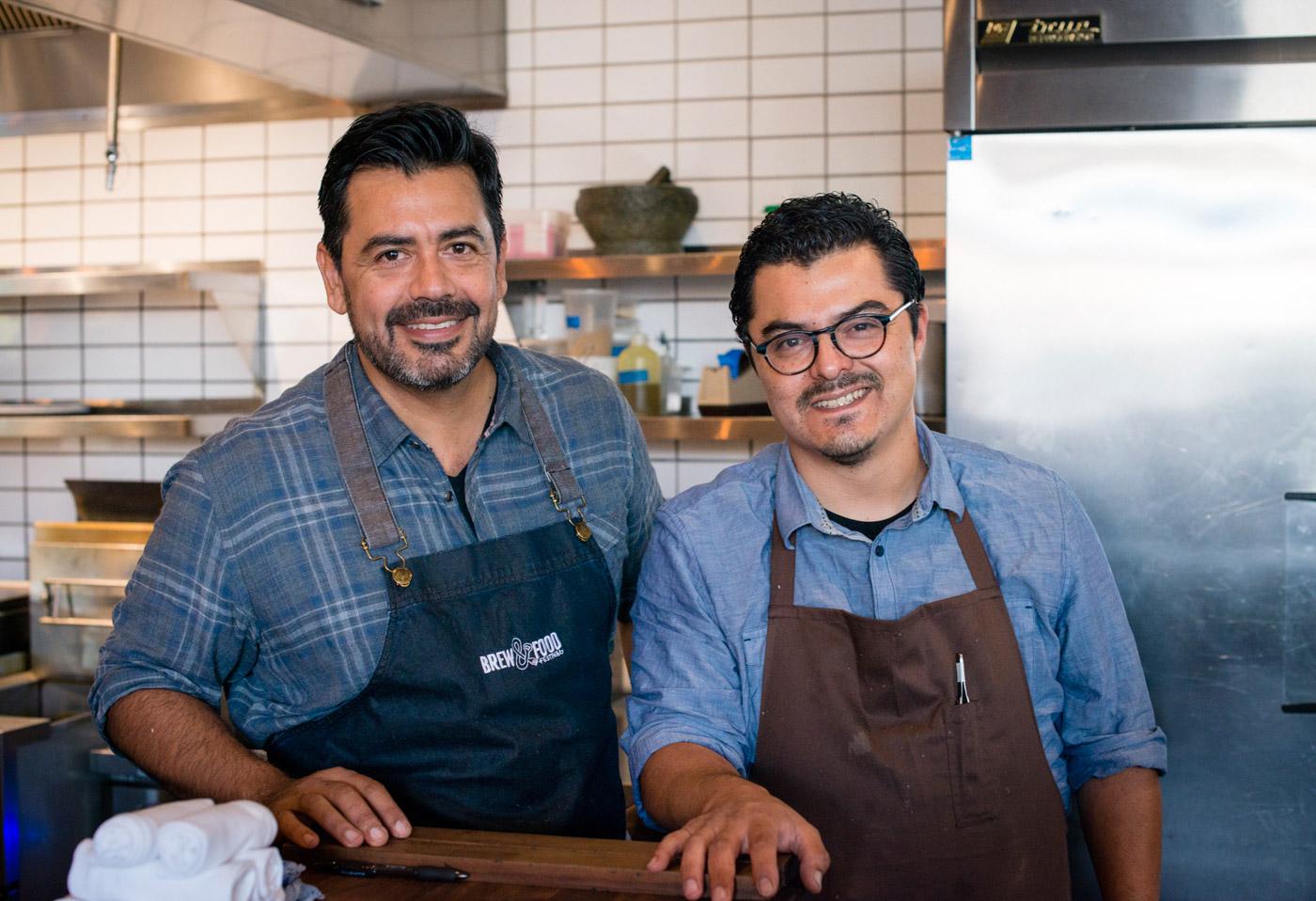
And if Chef Plascencia brought the sea, then Diego Hernandez, whose November dinner was second in the series, brought the land. His restaurant Corazón de Tierra (heart of the earth), is in the middle of a vineyard in the Valle de Guadalupe, the winemaking region three hours south of Orange County in Mexico. Chef Hernandez tends a garden onsite that grows nearly all the produce he uses. The wines served alongside his food are from the vineyard and the neighboring wineries.
What struck me about Hernandez’s dinner at Taco María was the balance of rusticity and complexity. His dishes tasted as though they had been just pulled from a hearth, and yet one highlighted a delicate California uni while another showcased a tamal colado with spinach, manchego and parsnip—the preparation of which was as technically impressive as it was delicious. His plating was a bit more rustic than Plascencia’s.
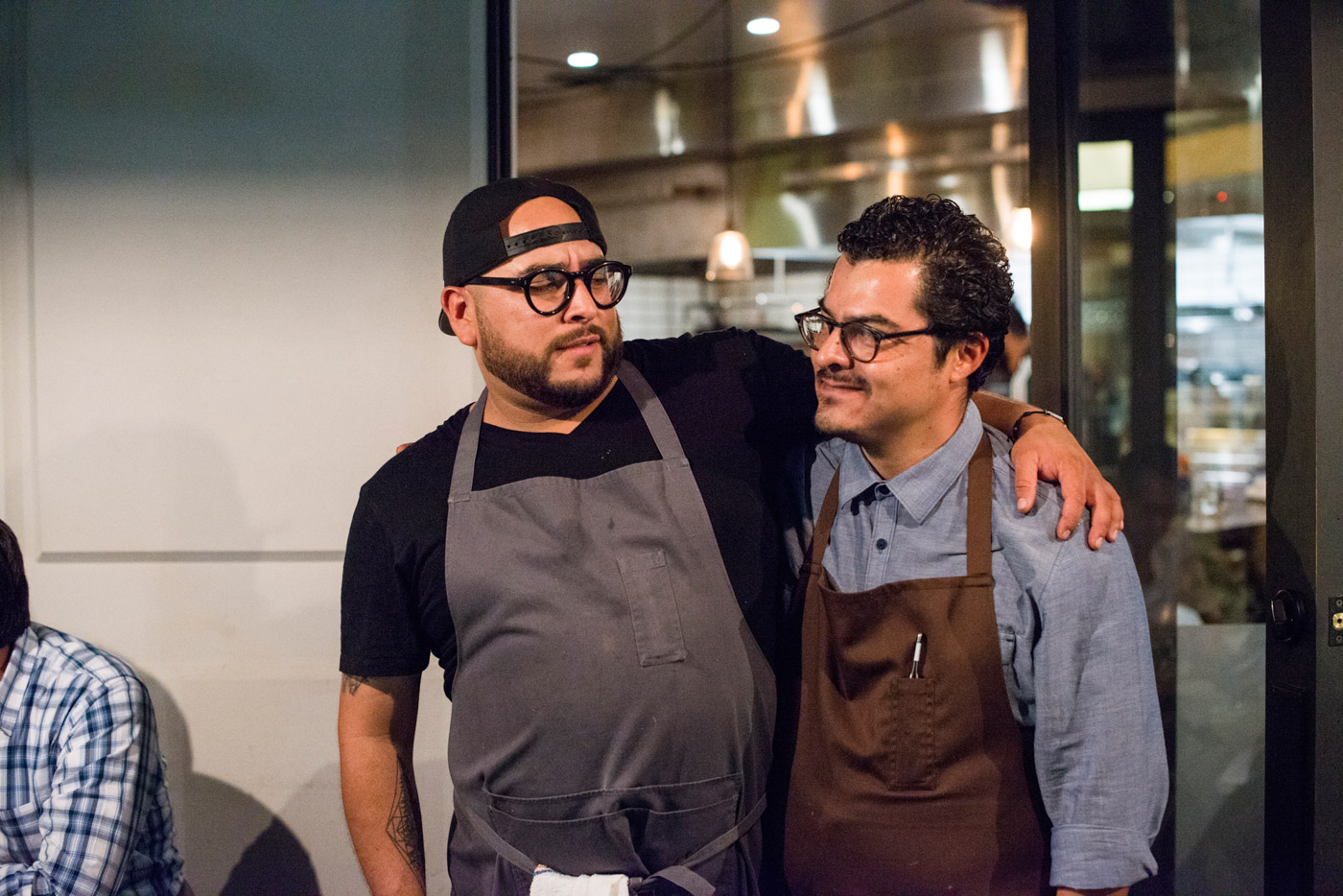
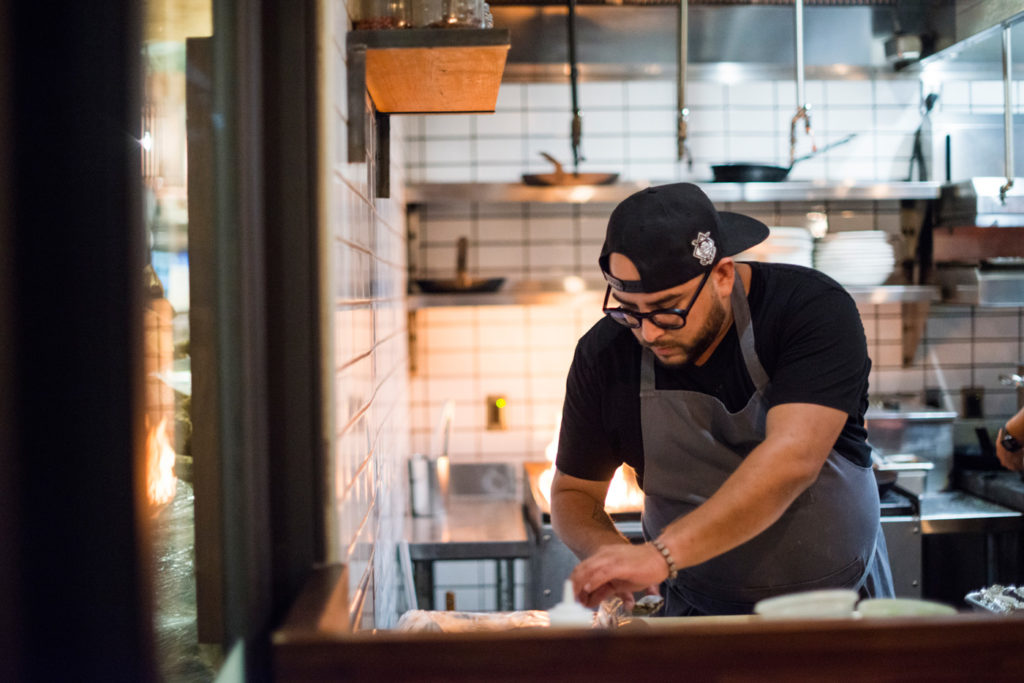
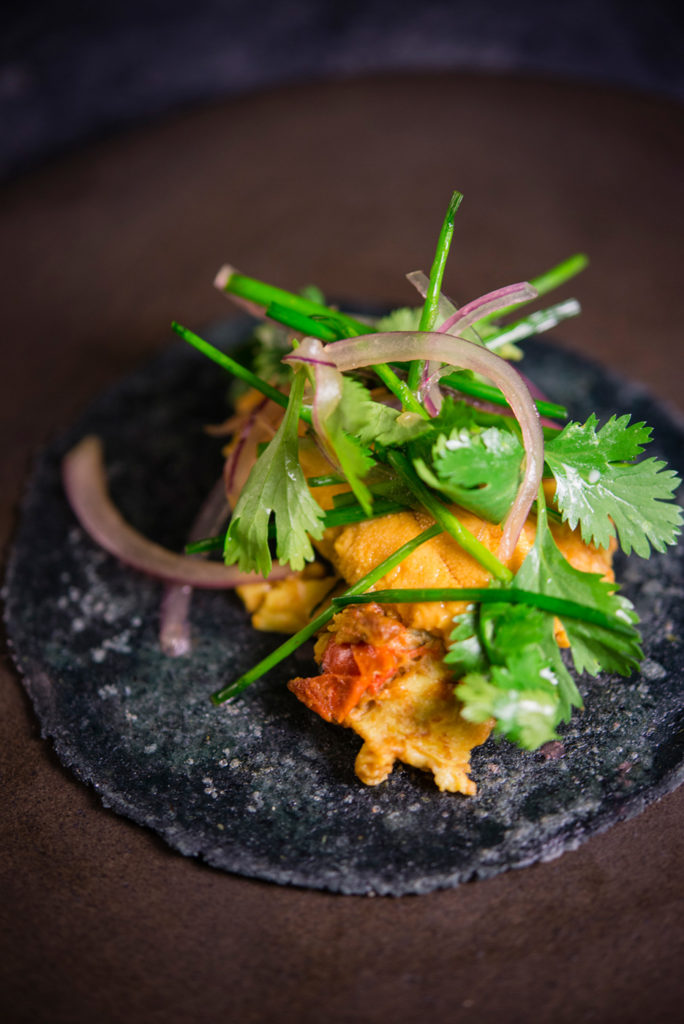
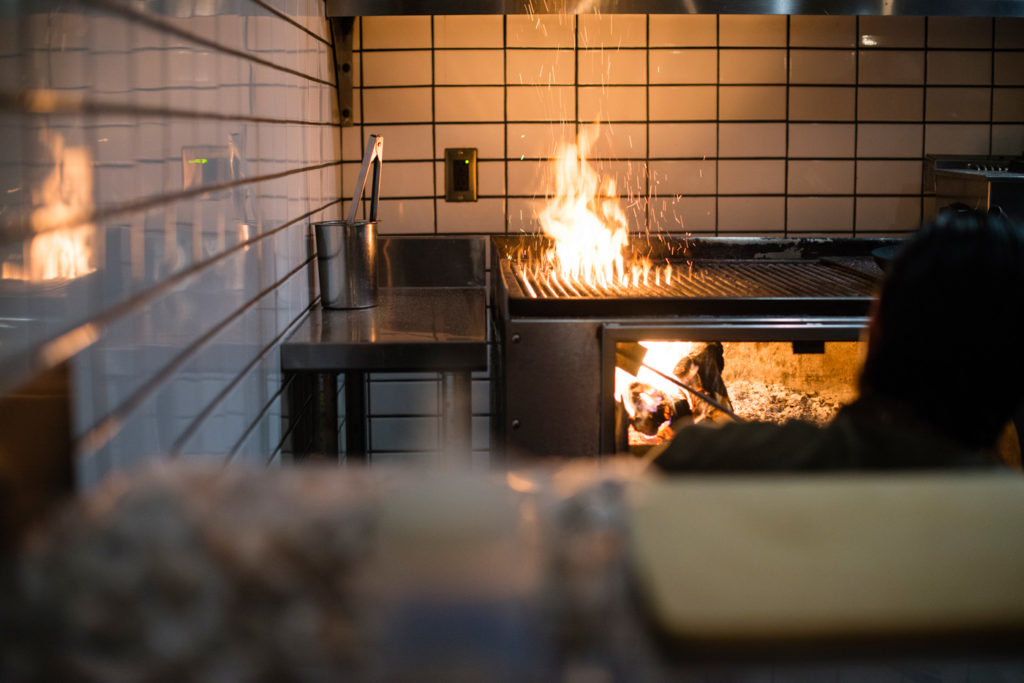
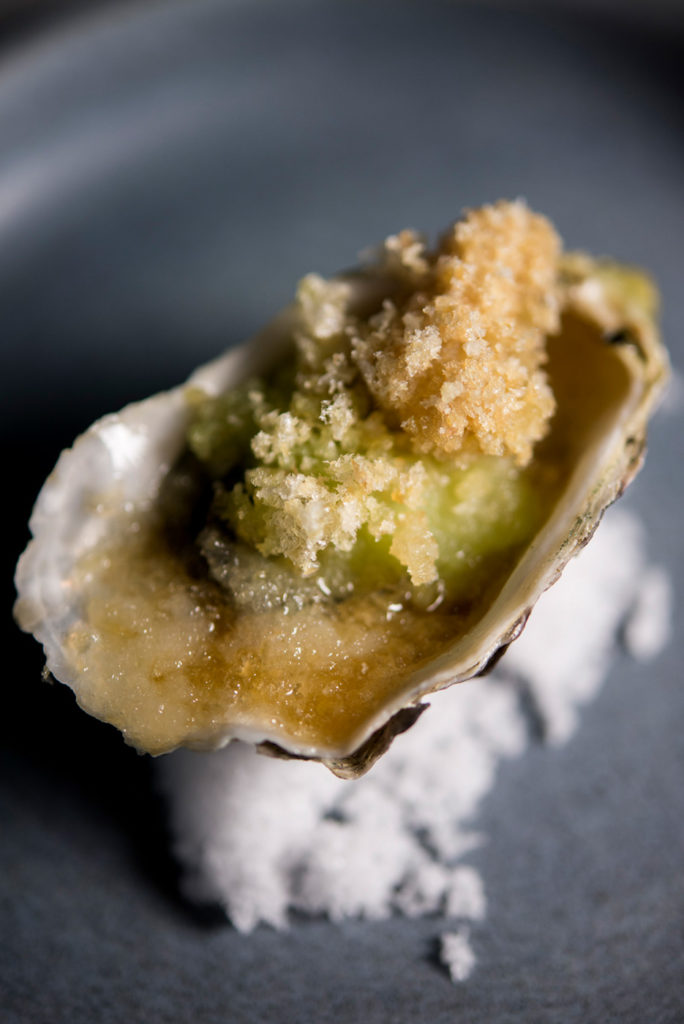
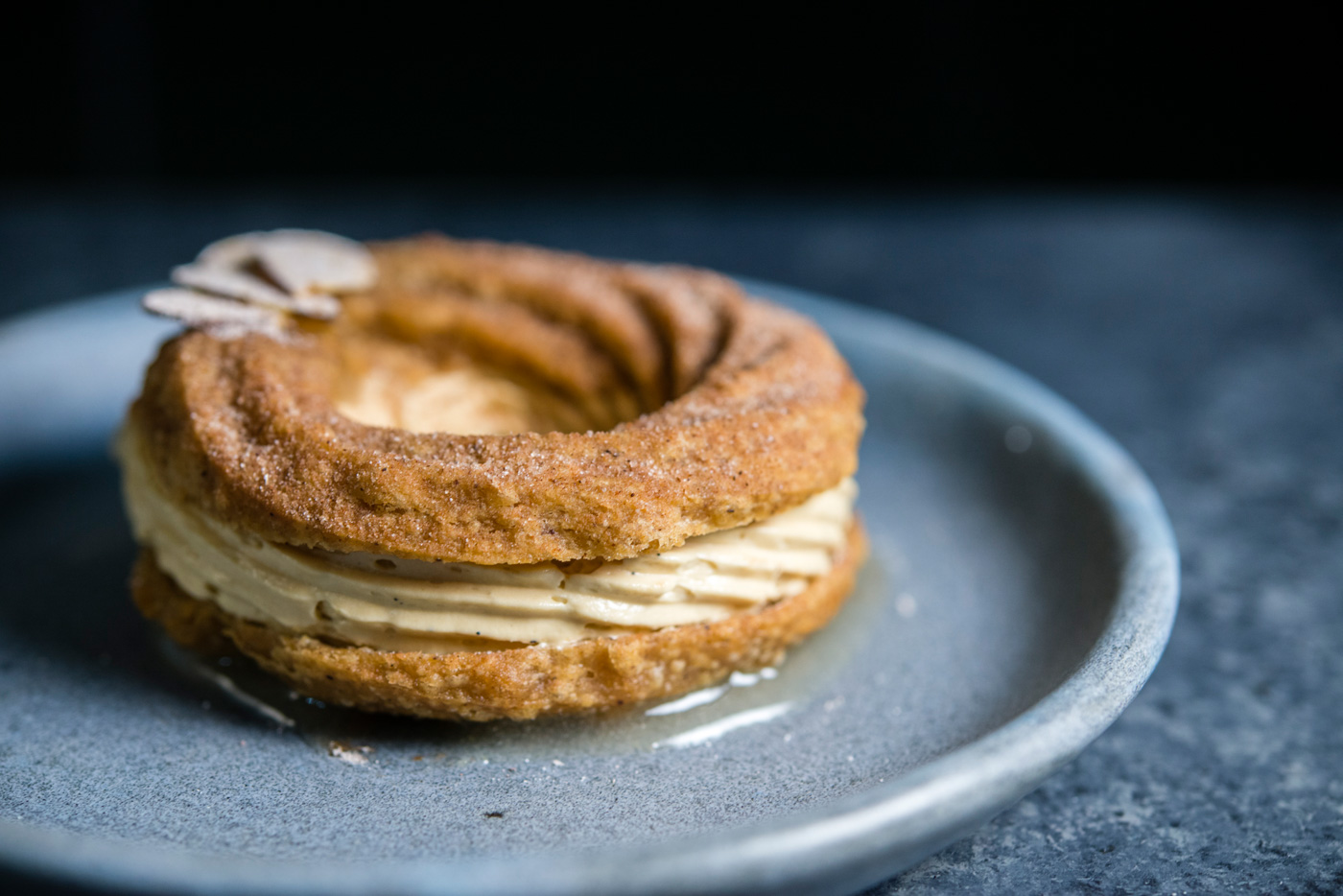
Enrique Olvera closed out the celebration with his December dinner. Chef Olvera has done more, perhaps, than any other chef in bringing Mexican cuisine to light as one of the most sophisticated in the world. For years, his restaurant Pujol in Mexico City has been noted as one of the best in Latin America. With outposts around the country, as well as Cosme in New York City, Olvera’s name is mentioned in most discussions about modern Mexican food in the United States or Mexico.
Traveling the world from Asia to Europe to South America, Olvera brought the element of air to his dinner. His dishes reflected the elevated cuisine of Mexico City, but were also infused with elements, preparations and spices from throughout Asia. The famous mole of Pujol appeared in a steamed bun; the black cod taco was dressed with a tamarind miso.
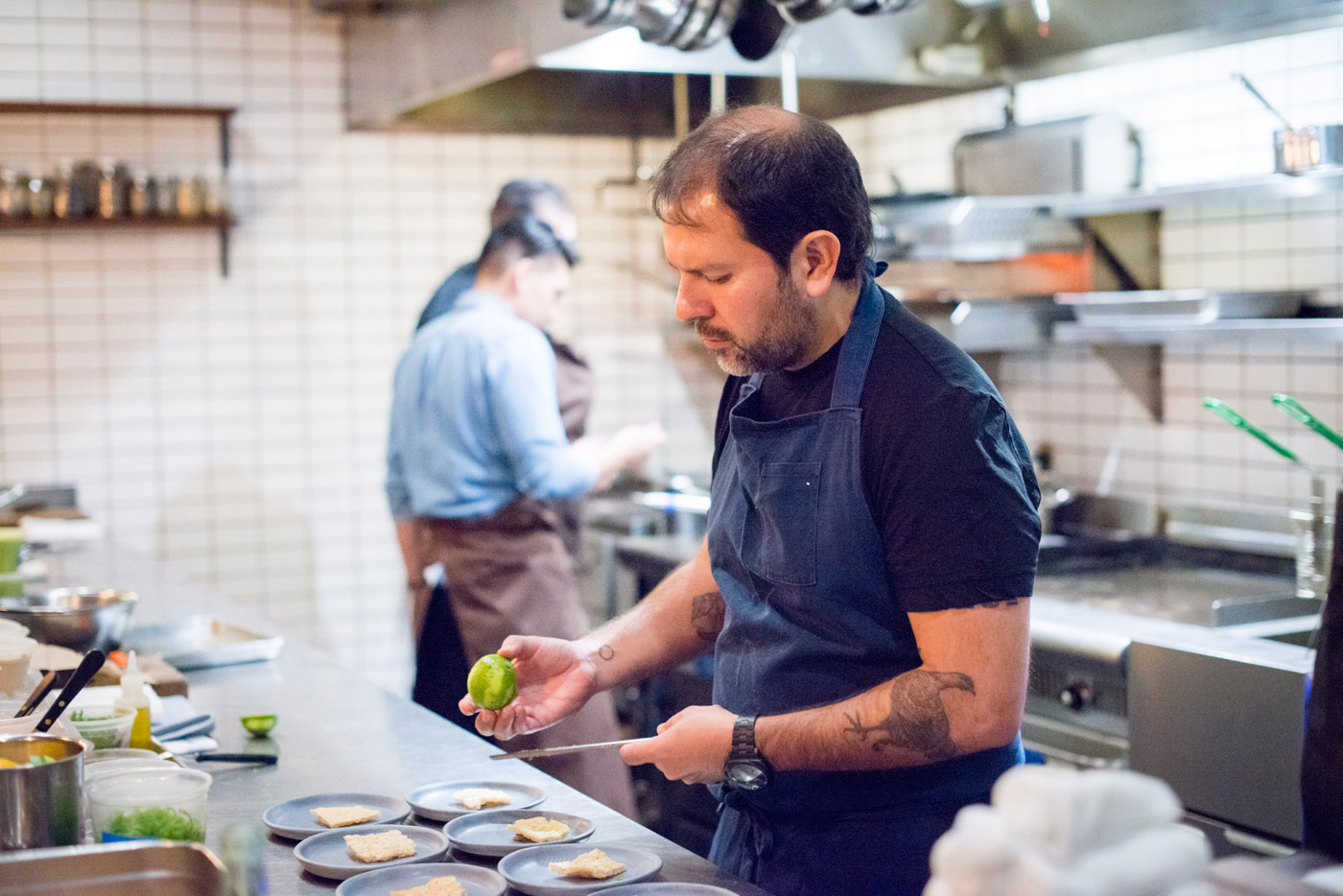
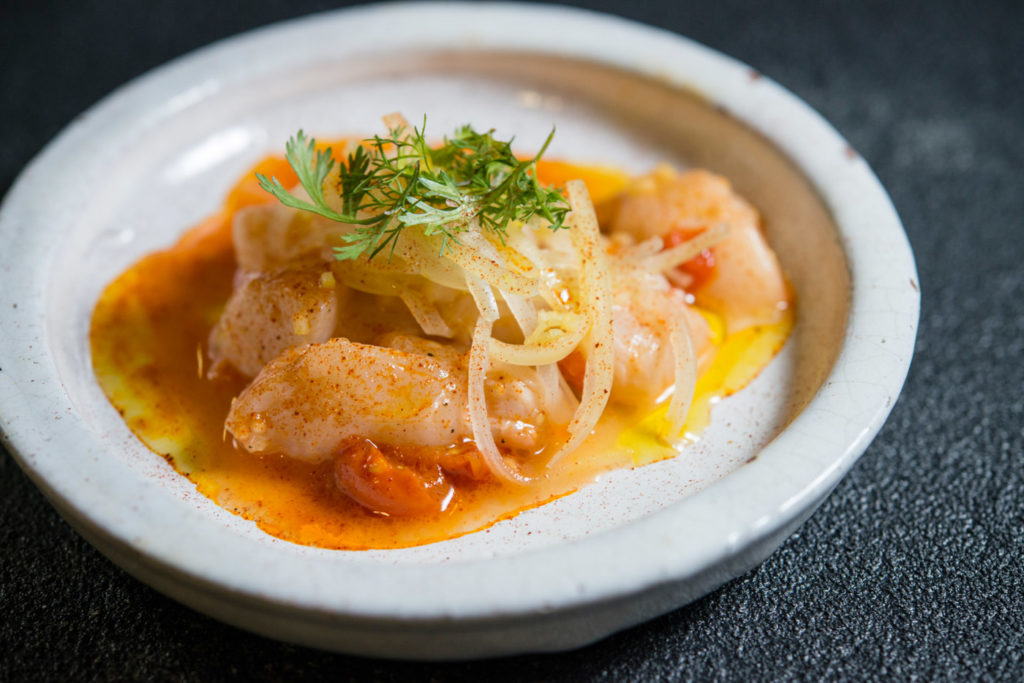
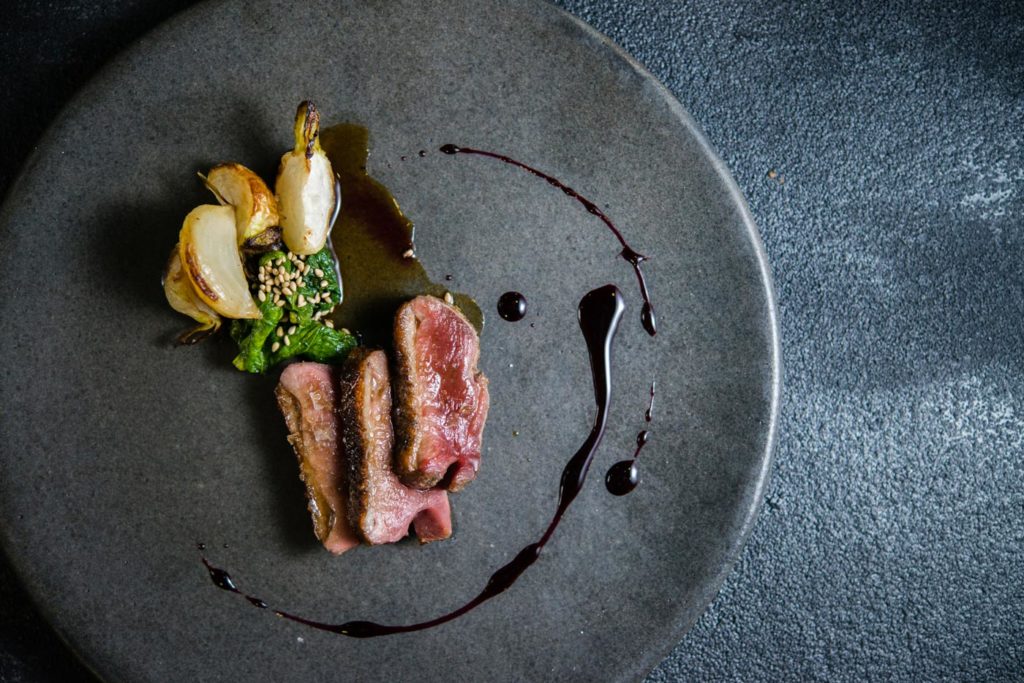
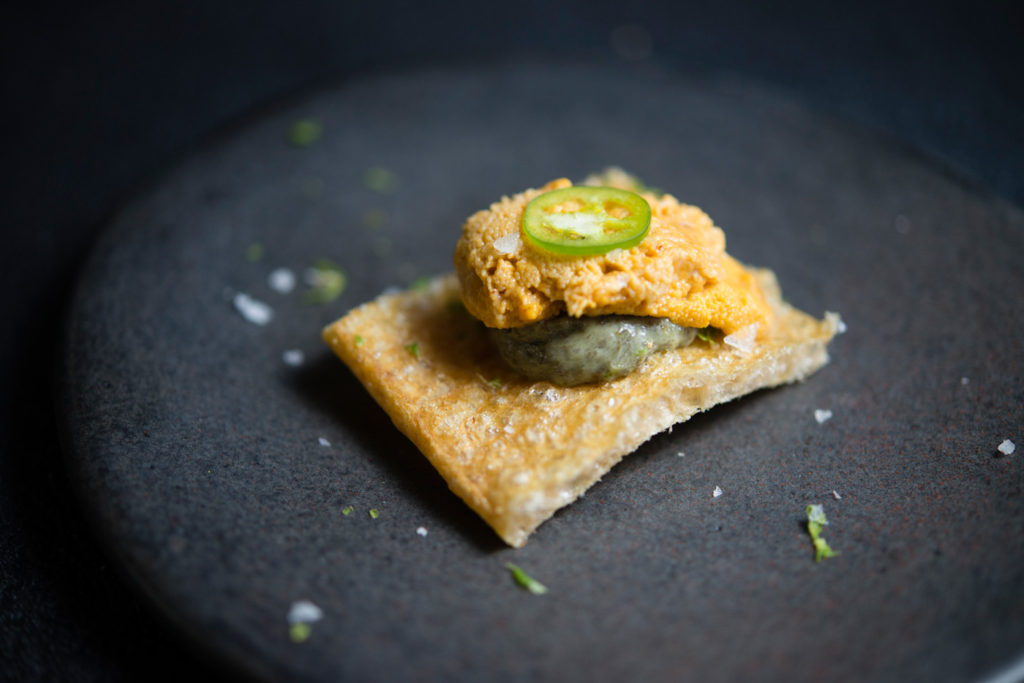
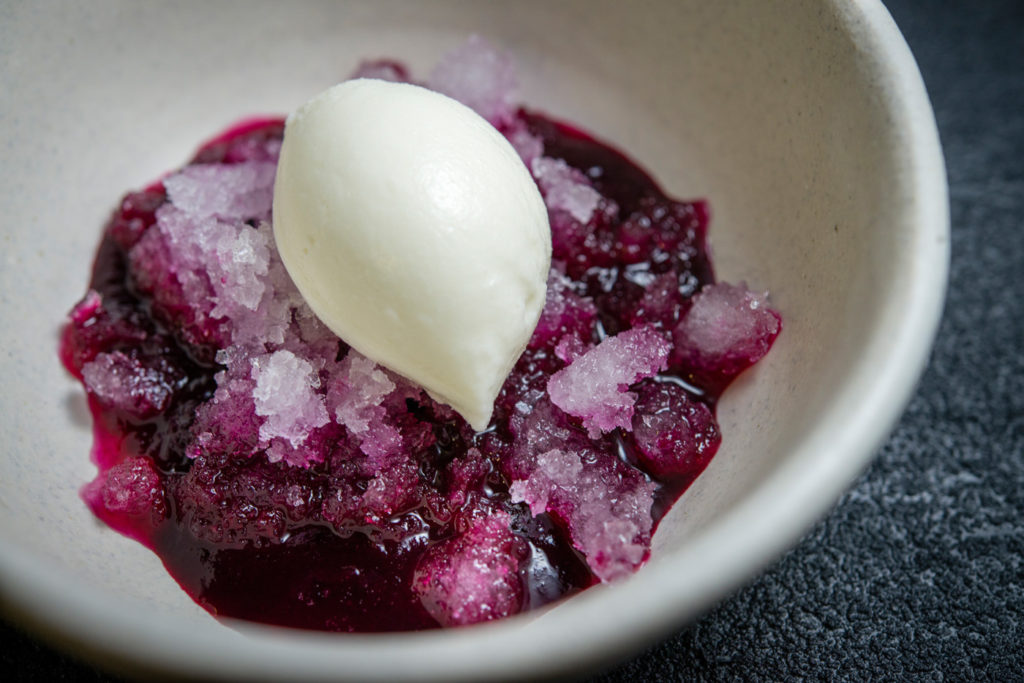
Each dinner felt representative of a different essential element, and I was moved by the commonalities among them. I could see why these three chefs found their way into Salgado’s life, why they had all invited him to cook in their kitchens, and why he had welcomed them into his restaurant for such a special occasion. Each of the four men were as eager to learn from one another as they were to share. And all, including Salgado, take inspiration from their roots, their families and their places of origin. In this way, they share a sense of style, but each of them has balanced their inheritance with the places they live now, the places they travel and the people they meet. This is the essence of modern Mexican cuisine: what makes it identifiable and relatable, and what keeps it surprising.
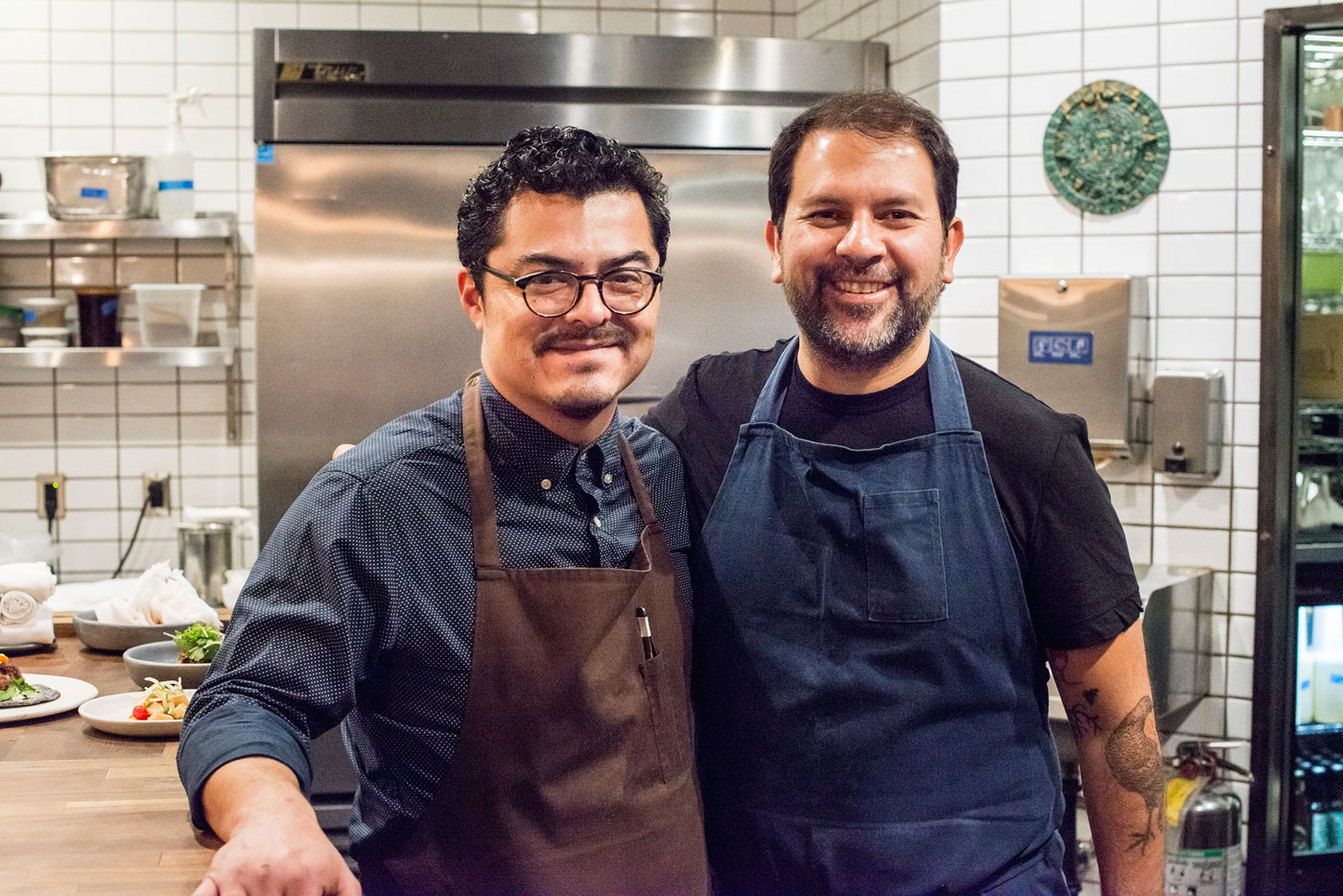
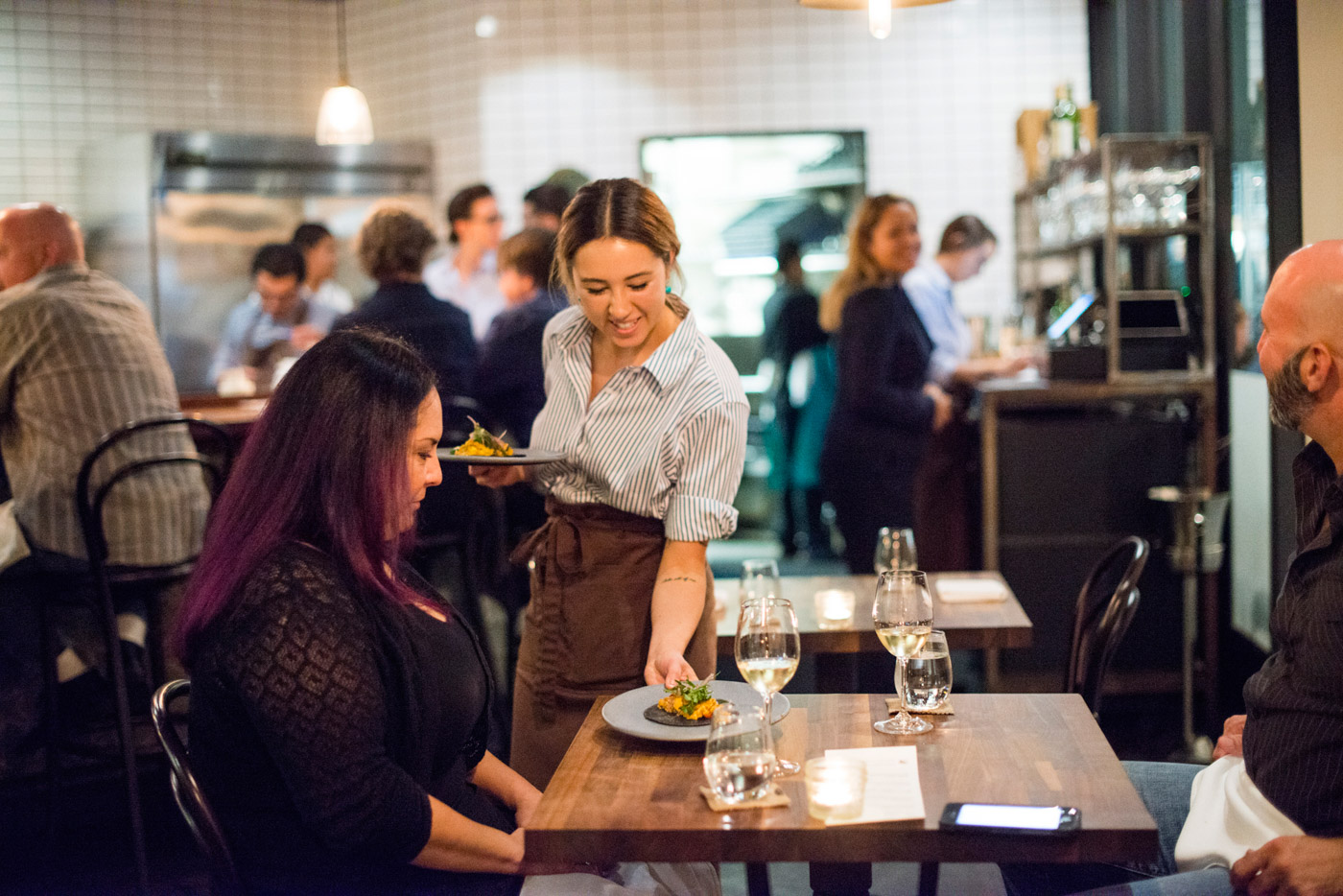

Standing in the kitchen for each of the three dinners with chefs, cooks and guests swirling around me, speaking English and Spanish, exchanging recipes and stories of home, I saw this dinner series as more than an anniversary celebration. It was a gathering of minds and of hearts; it was a crossing of borders.





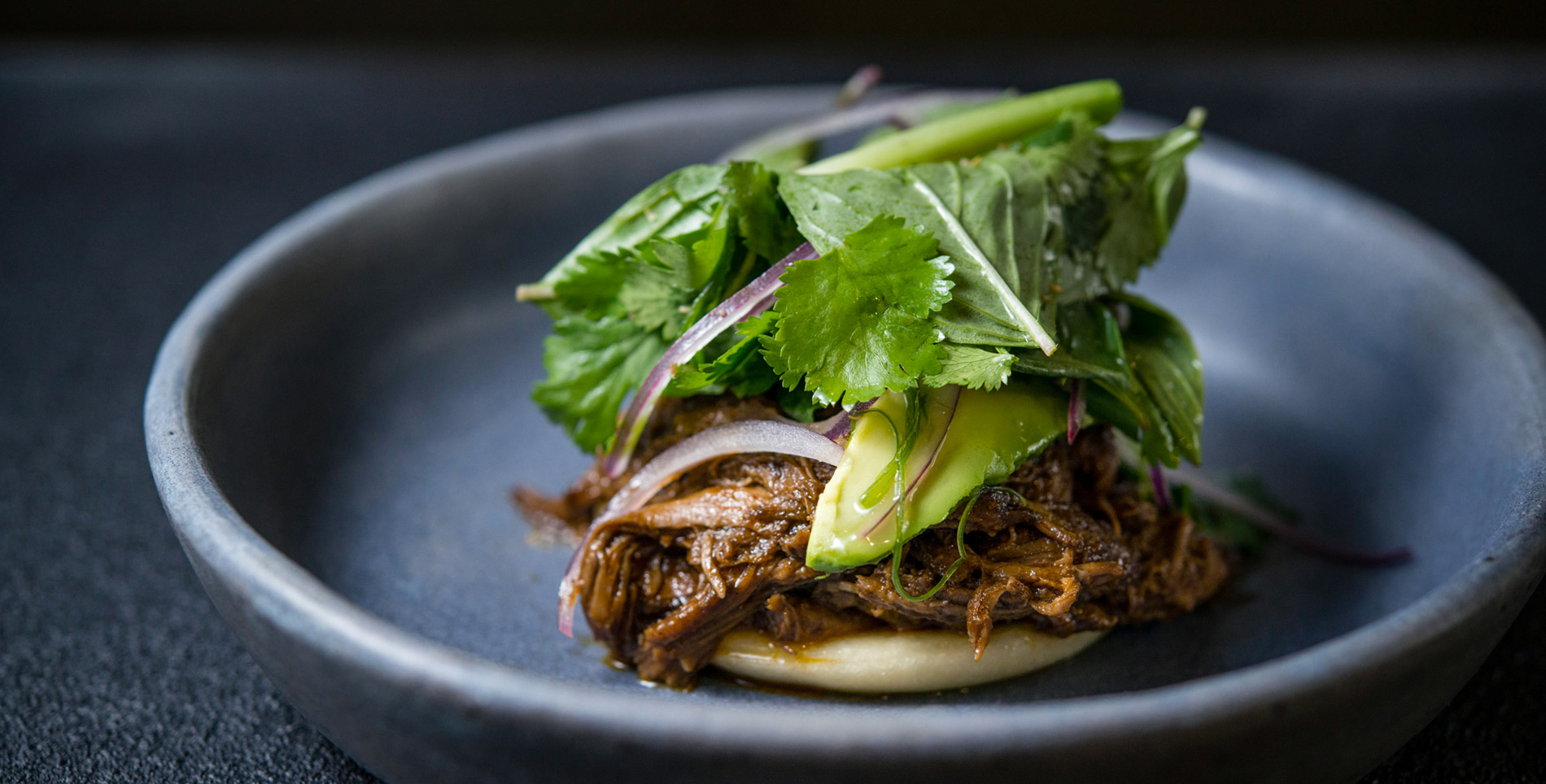

Our comments section is for members only.
Join today to gain exclusive access.